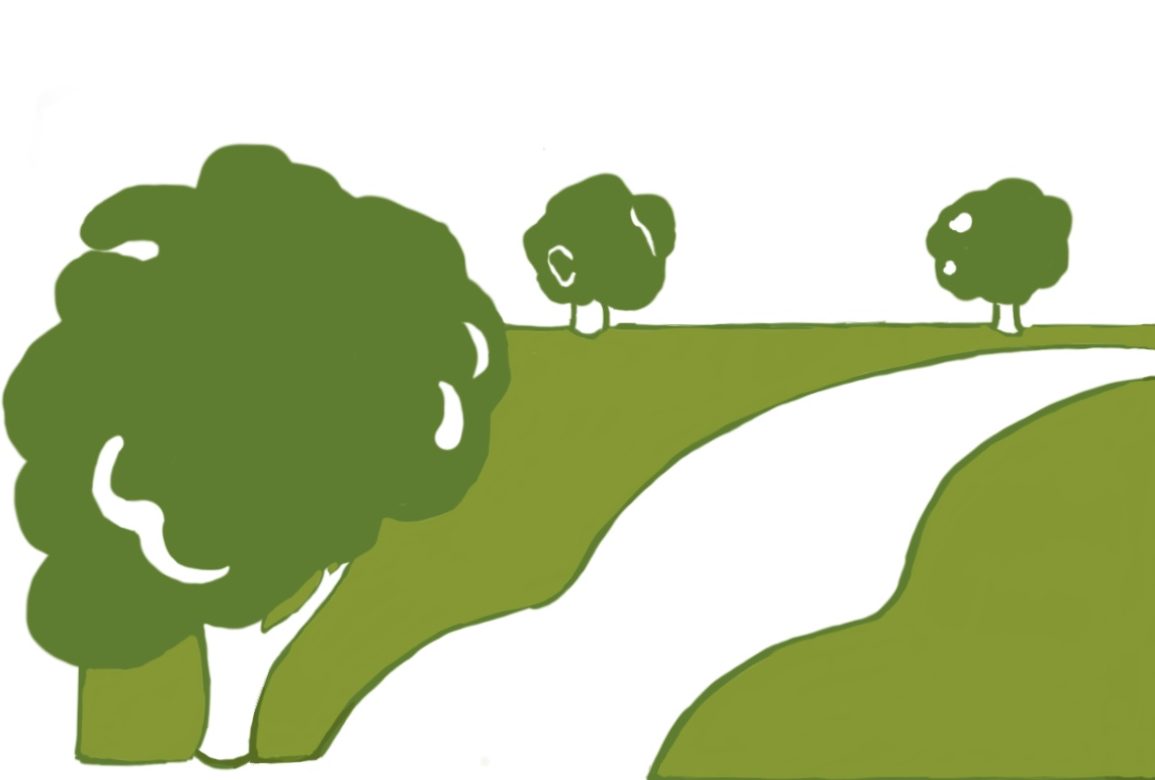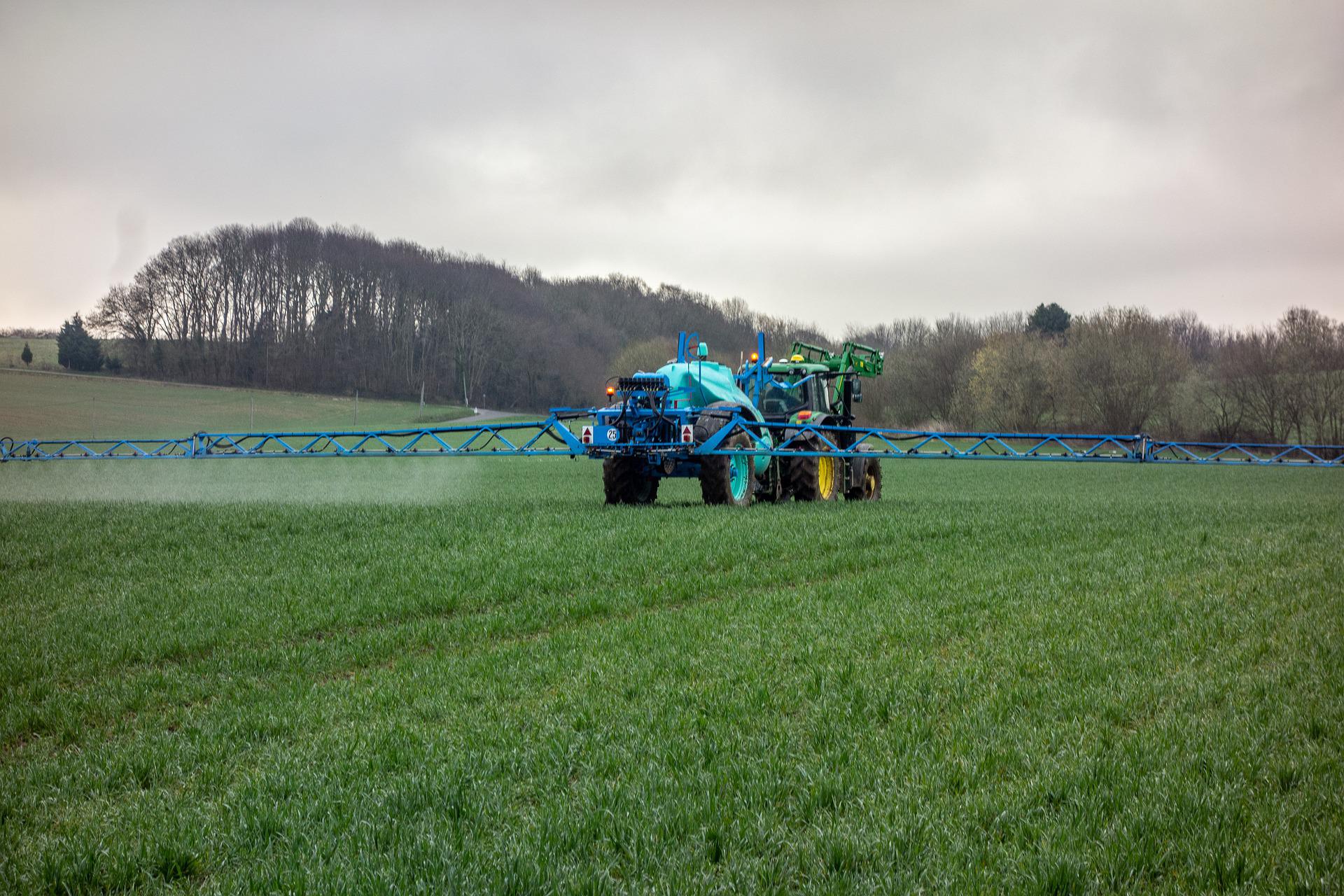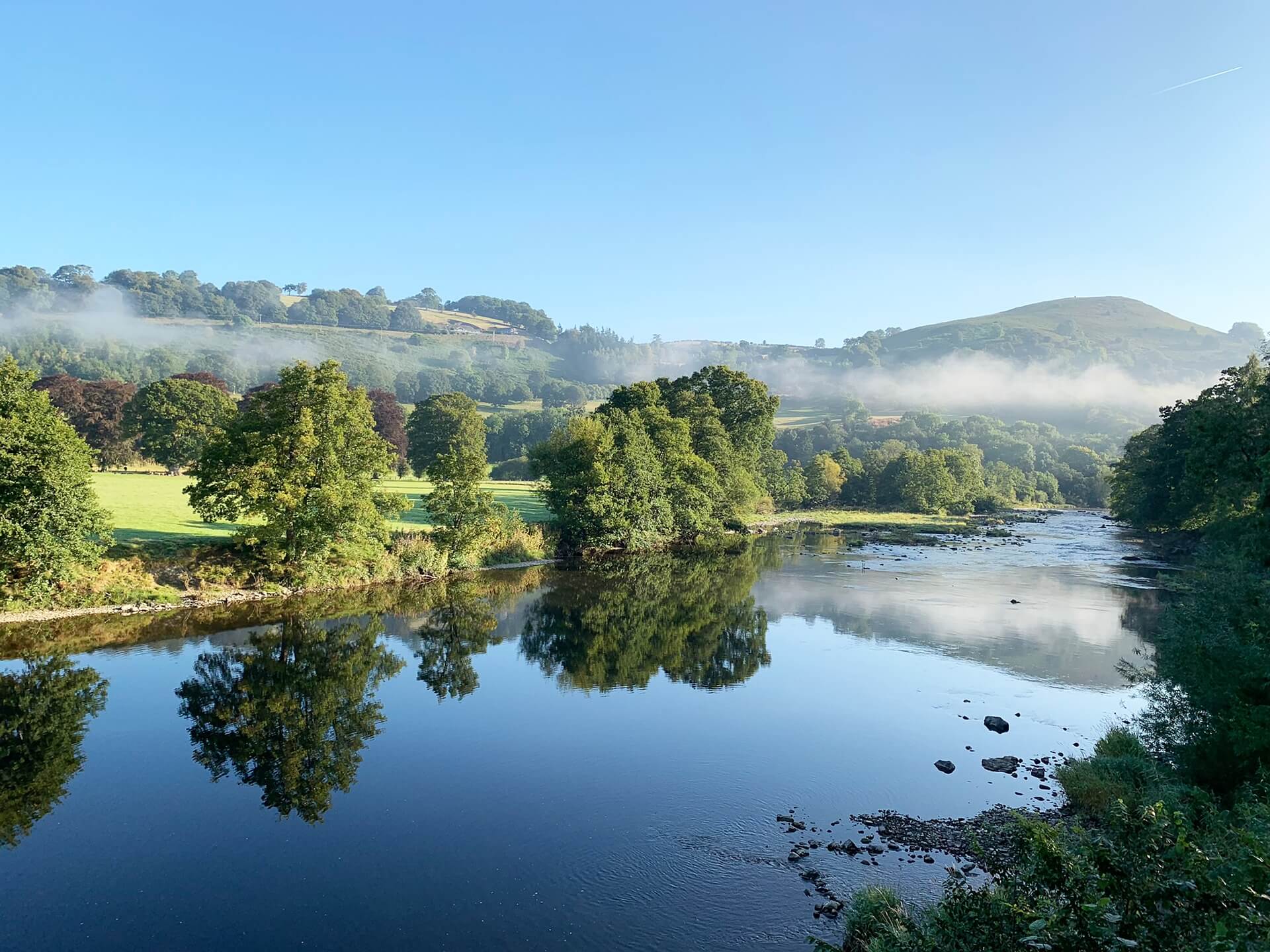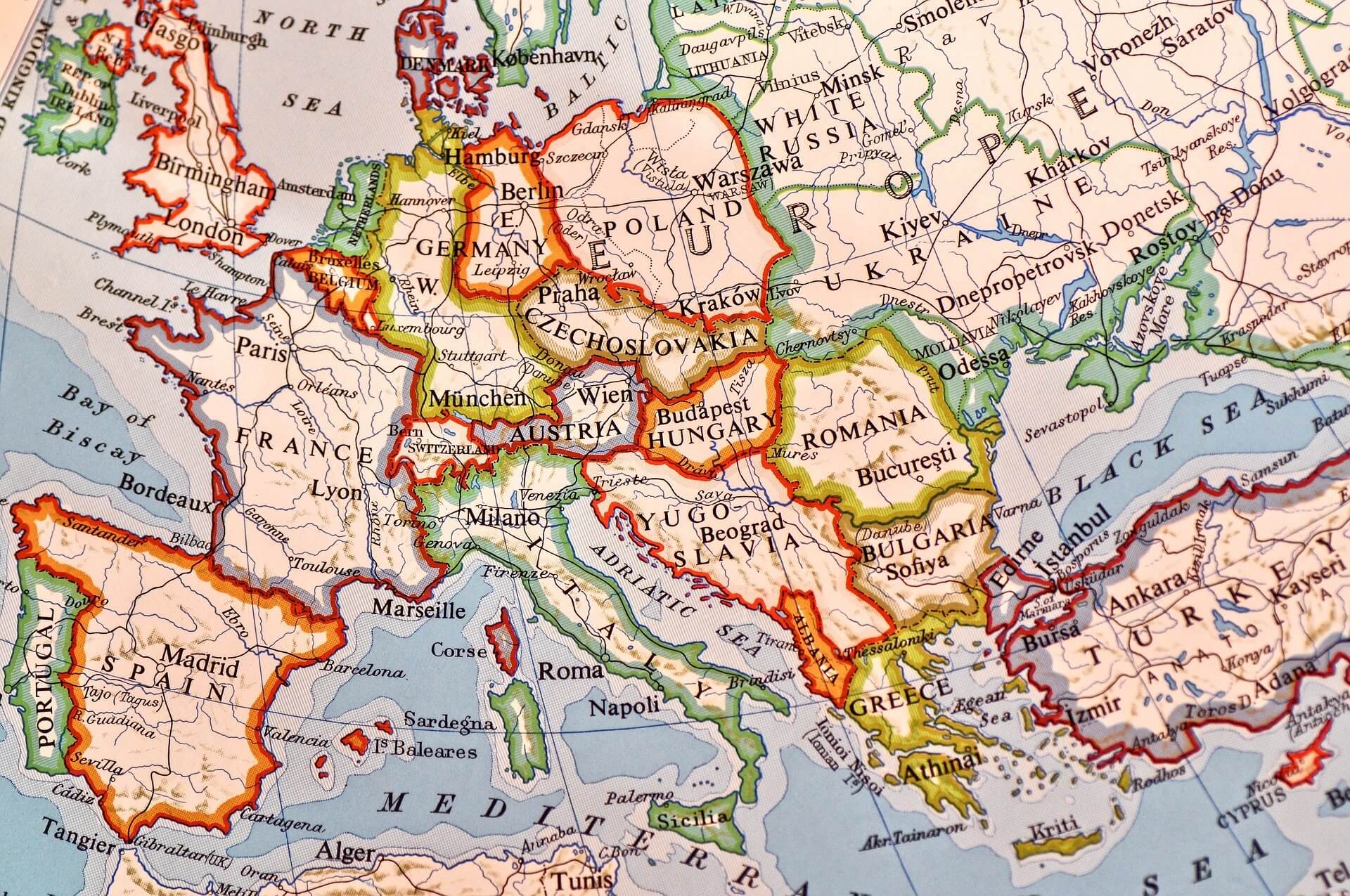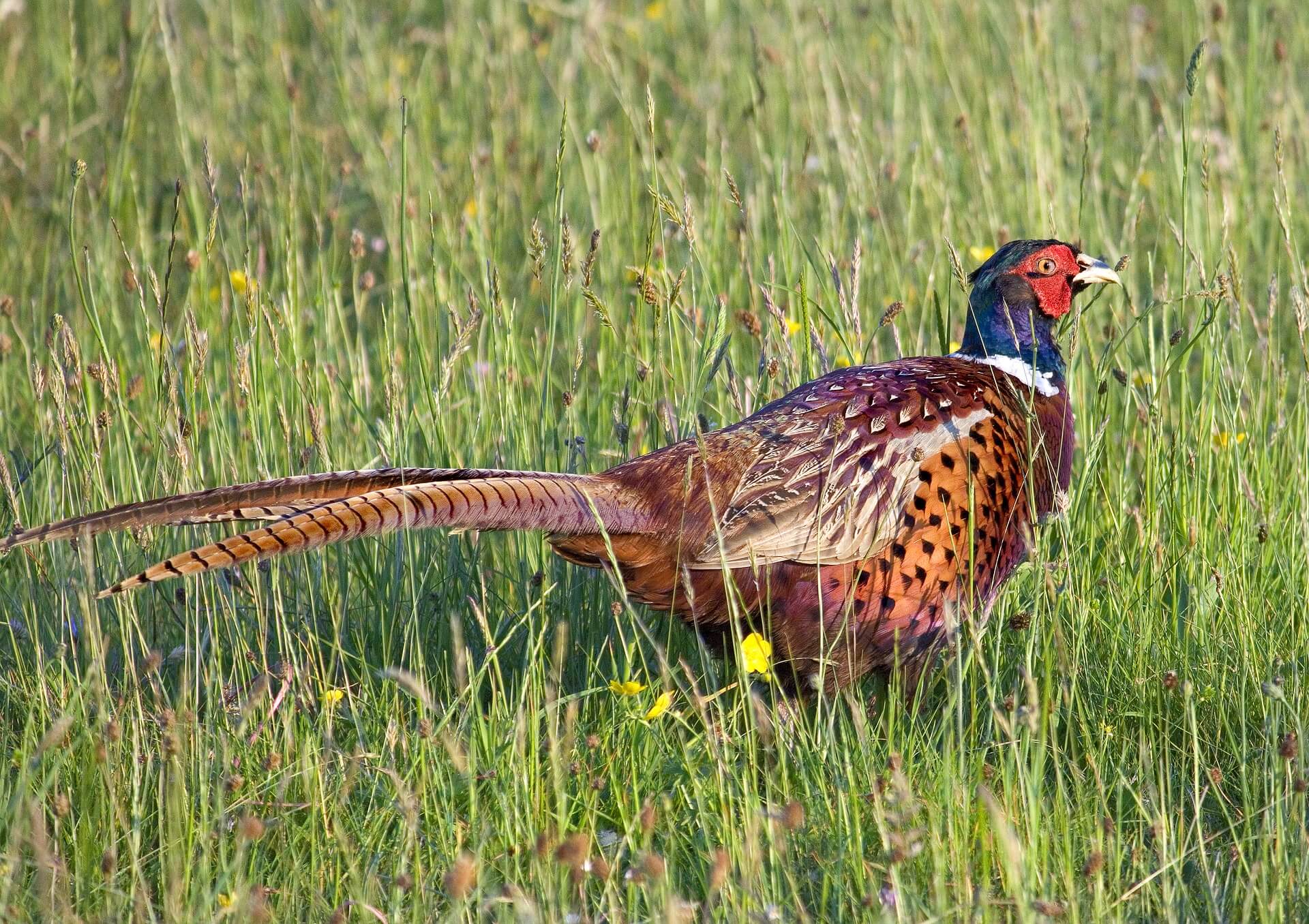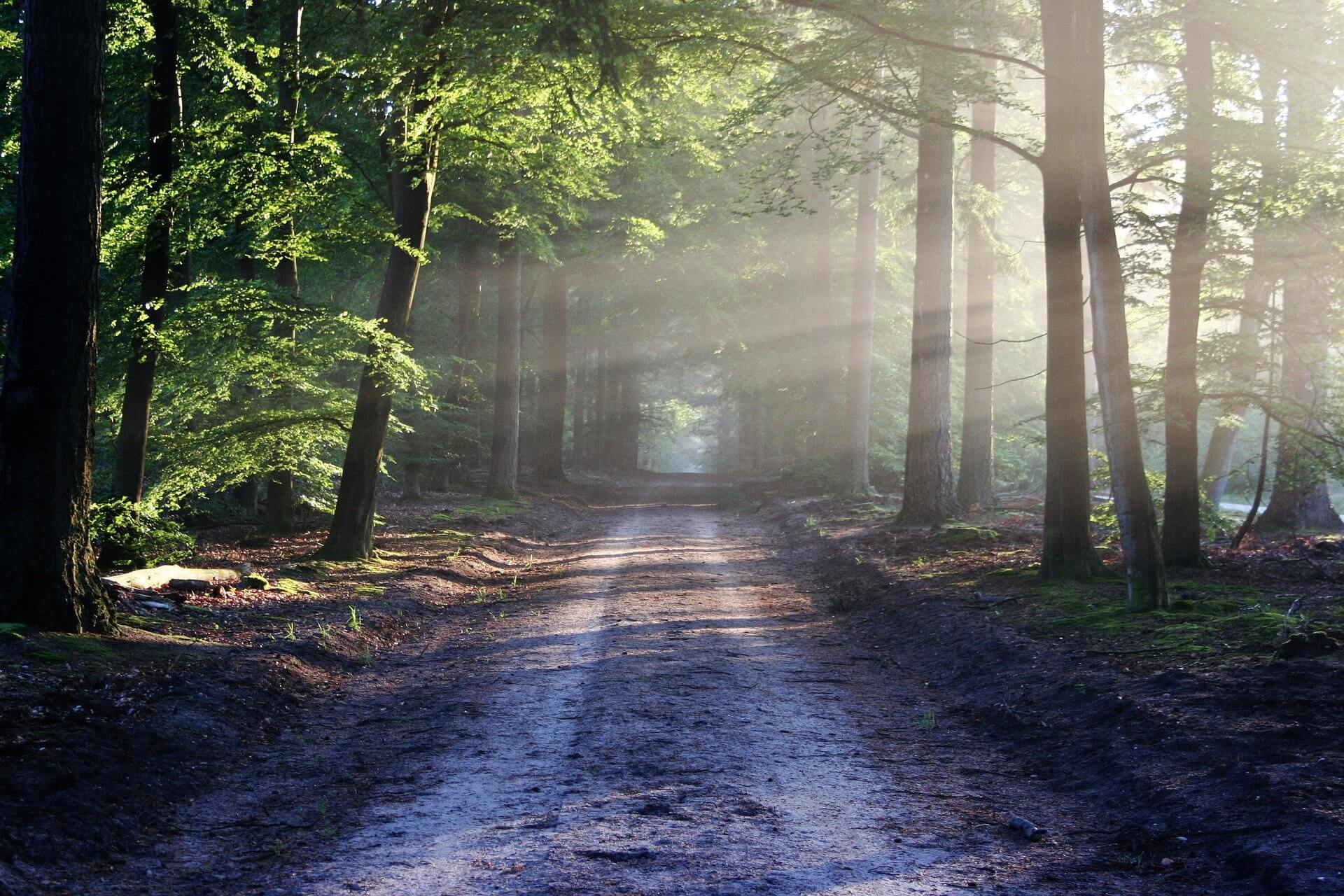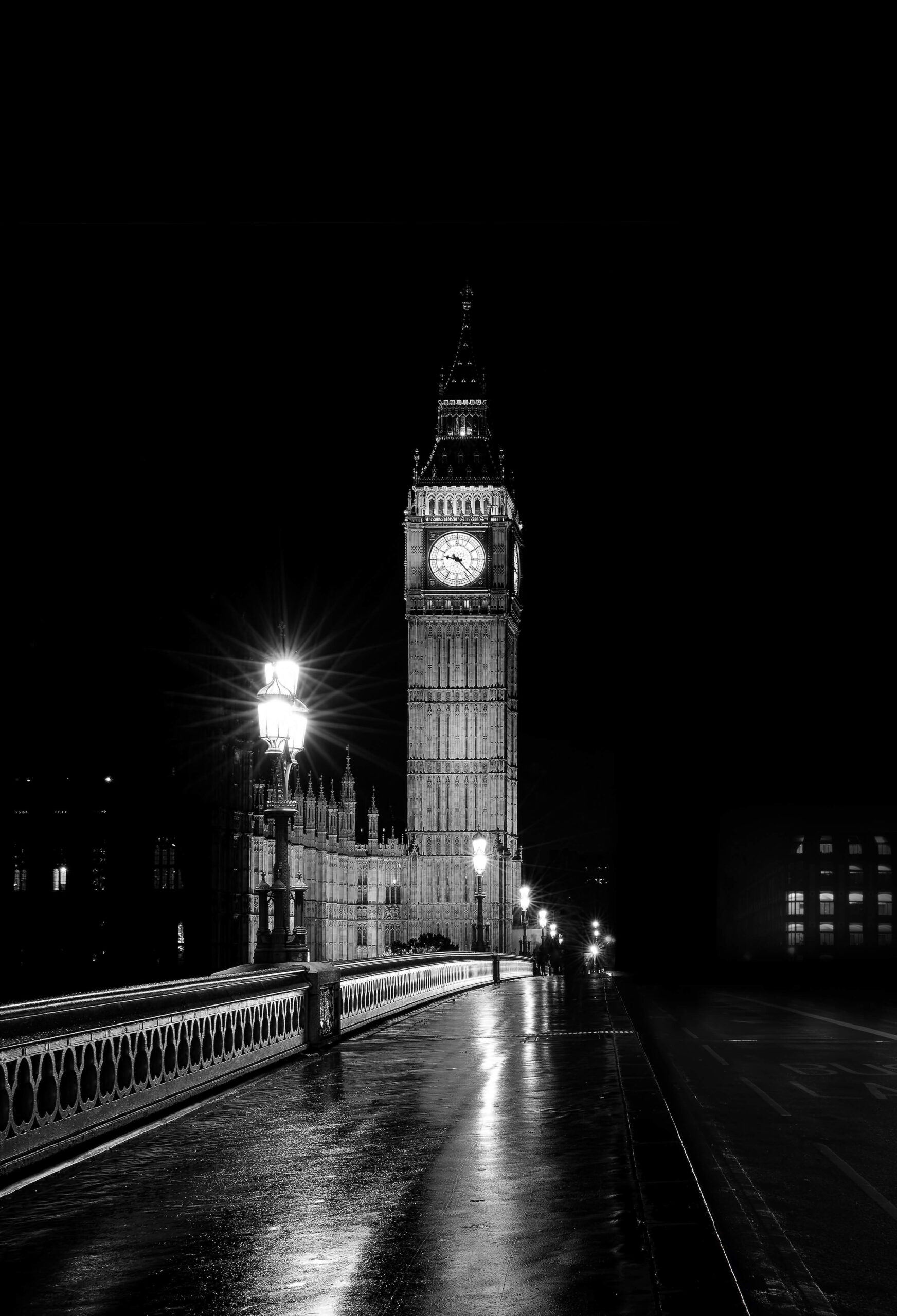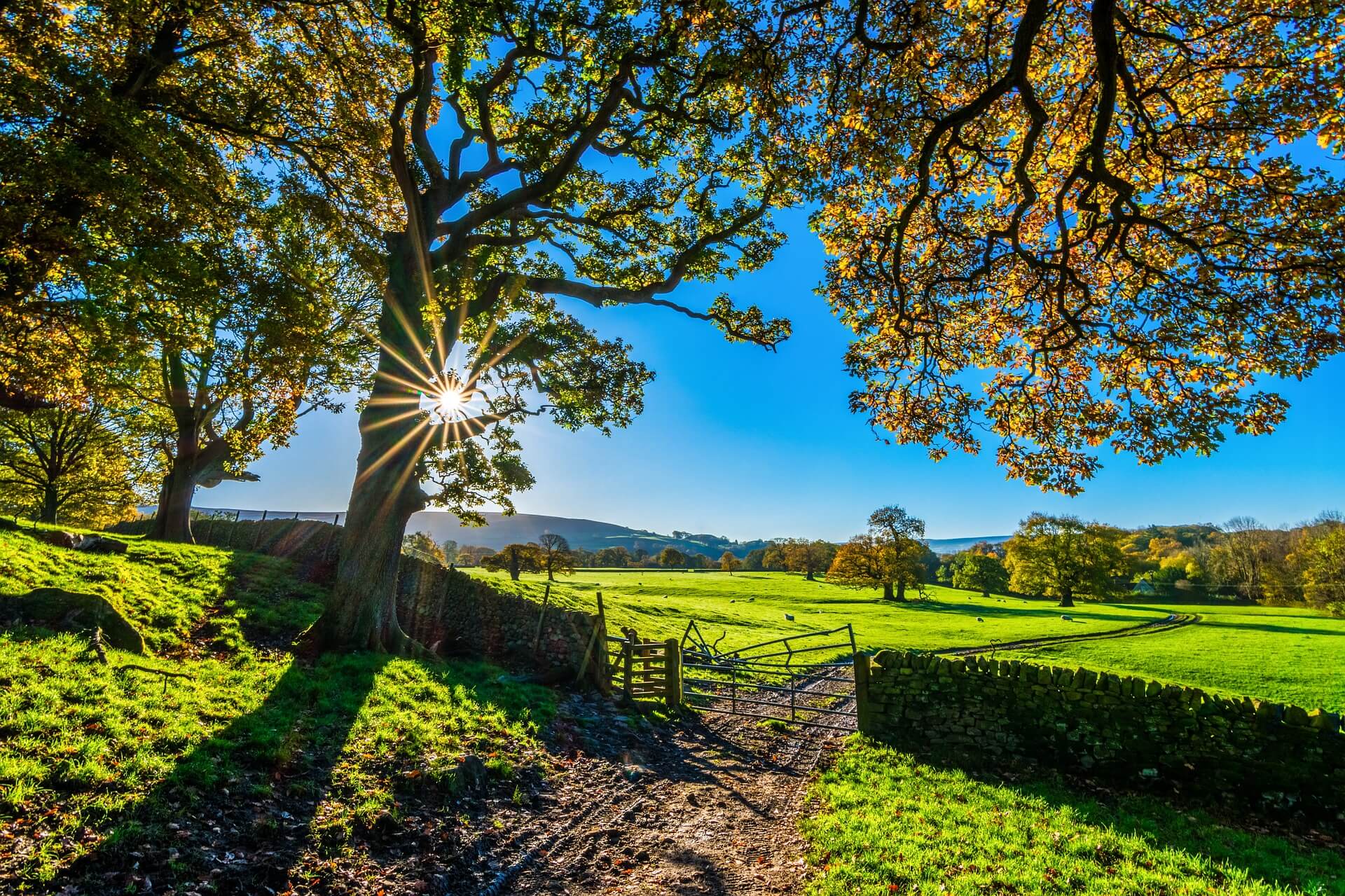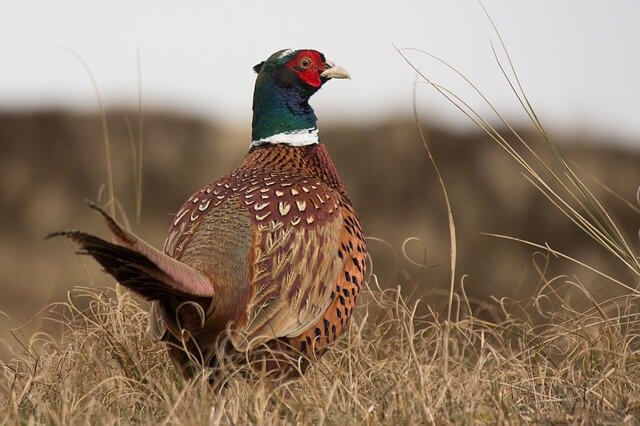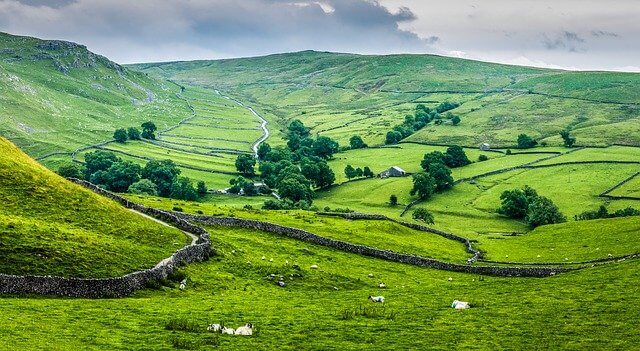Farming without chemicals
If we are to feed the world’s population, we must produce as much food over the next fifty years as we have done throughout the history of humanity, all without wrecking the planet. With priorities of climate change mitigation and reversing the decline of wildlife as well as providing food, can that be achieved by farming without the use of chemicals, synthetic fertilisers and pesticides? That was the question for debate at the recent meeting of the Countryside Forum.
The answer is no or, at least, not yet. Scientists are making huge strides in research but it may be twenty years before we can produce enough food without extensive use of nitrate fertiliser and pesticides. Global yields would fall by 40% if we were to cut out pesticide use now, 45% from weeds, 30% from insects, 20% from disease and 5% from other causes. But, by exploiting emerging technologies and integrated pest management, we can reduce their use and impact on the environment.
Continue reading “Farming without chemicals”